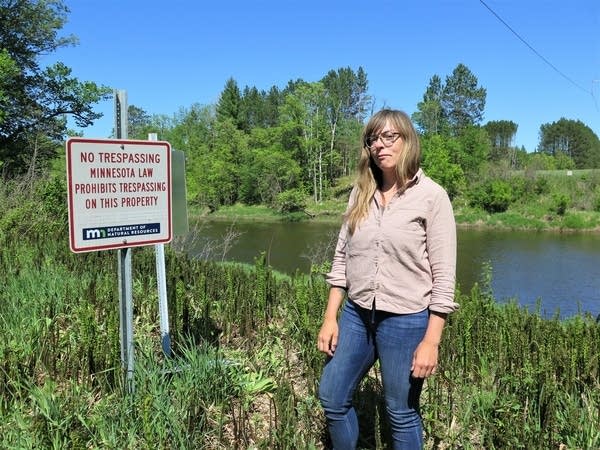As Line 3 construction rolls on, river crossings draw pipeline resisters

Shanai Matteson, an artist and community organizer who grew up in Palisade, stands at the site where the Line 3 oil pipeline will cross underneath the Mississippi River. Matteson moved back to the area about a year ago and is staying at the welcome center. She recently rode her bike along the entire Line 3 pipeline route from Superior, Wis., to the North Dakota border, stopping at nearly all of the water crossing locations.
Kirsti Marohn | MPR News
Go Deeper.
Create an account or log in to save stories.
Like this?
Thanks for liking this story! We have added it to a list of your favorite stories.


